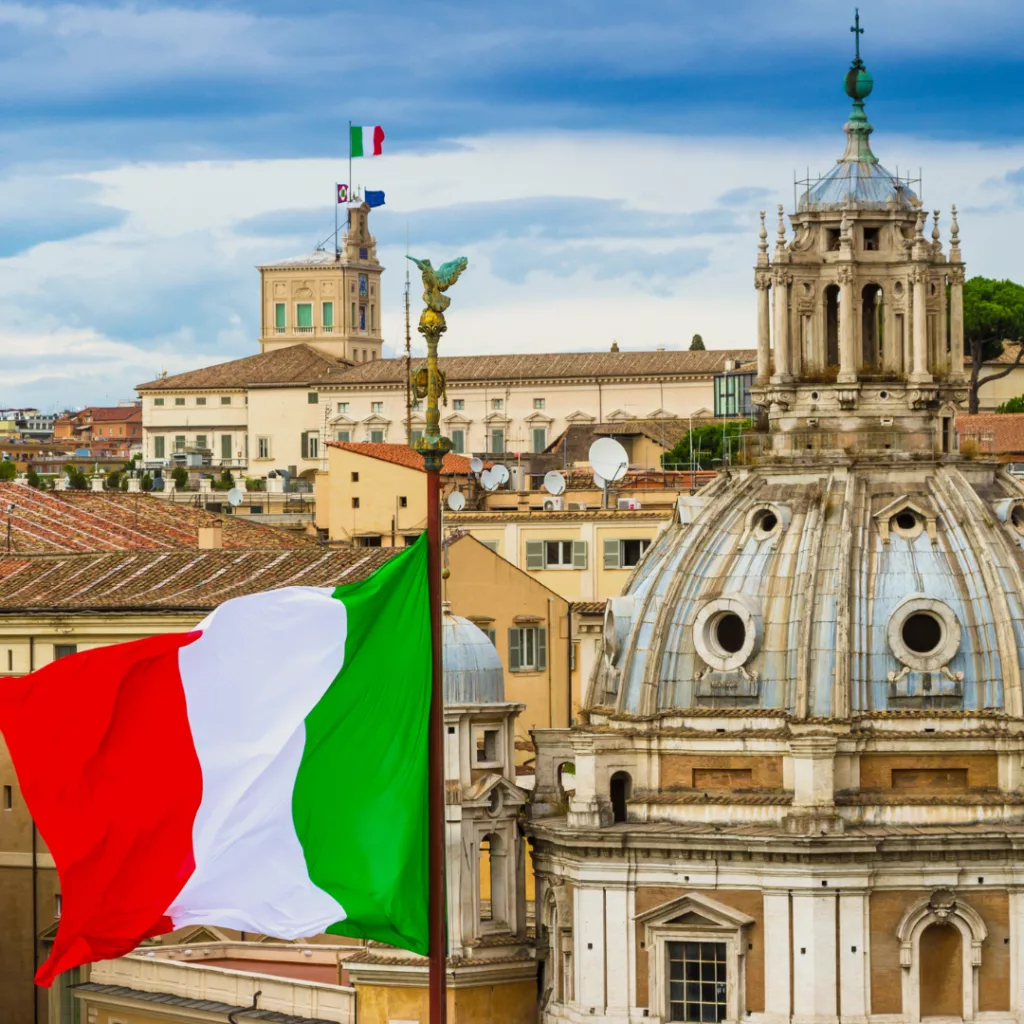
Summary:
- Italy’s revised approach to crypto taxation demonstrates a pragmatic balance between fiscal objectives and supporting industry growth, ensuring the nation remains competitive while fostering innovation.
- By adopting the EU’s MiCAR framework and launching blockchain initiatives like the Digital Sureties platform, Italy is aligning with international standards and leveraging cutting-edge technology to enhance financial transparency and security.
- Italy implemented stricter oversight measures, including substantial fines for market manipulation, to ensure financial stability and protect investors.
- More Crypto in Action stories can be found here.
In 2024, Italy solidified its reputation as a forward-thinking leader in the global crypto and blockchain ecosystem. By introducing innovative policies and regulatory measures, the nation demonstrated its commitment to fostering a thriving digital economy while safeguarding market integrity. Italy’s approach to digital assets and blockchain technology has been marked by strategic initiatives that prioritize innovation, investor protection, and long-term financial stability. This blog takes a closer look at some of the most notable developments, including revised tax proposals, alignment with the EU’s MiCAR framework, adoption of blockchain in financial infrastructure, and enhanced oversight of crypto markets. Together, these efforts paint a picture of Italy’s dynamic role in shaping the future of digital finance.
Crypto Tax Proposal
Taxation in the digital economy has long been a topic of debate, and Italy is no exception. In December 2024, Italian lawmakers made headlines by revisiting a proposal that would have significantly raised the capital gains tax on crypto from 26% to 42%. This dramatic hike drew criticism from industry stakeholders, who argued that such a steep increase could stifle innovation and deter investors. Responding to these concerns, lawmakers opted to propose a more moderate tax rate of 28%, or even retain the existing 26% rate.
This decision reflects a thoughtful balance between achieving fiscal objectives and supporting the growth of the digital asset sector. By taking industry feedback into account, Italy has signaled its intent to create a tax framework that encourages participation in the crypto market while ensuring fair revenue collection. This pragmatic approach not only bolsters Italy’s competitiveness on the global stage but also reassures investors that the government values collaboration with industry leaders to create sustainable policies.
Implementing MiCAR
The adoption of the EU’s Markets in Crypto-Assets Regulation (MiCAR) has been a game-changer for the European crypto landscape, and Italy has taken significant strides to align its national laws with this framework. Legislative Decree No. 129 introduces a comprehensive set of rules aimed at standardizing the regulation of cryptoassets across EU member states. For Italy, this means stricter compliance requirements for Crypto Asset Service Providers (CASPs), who must now seek authorization from the Italian Securities and Exchange Commission (CONSOB).
The transitional period, which extends until December 30, 2025, gives existing providers time to adapt to the new regulations. This approach not only ensures a smooth transition but also underscores Italy’s commitment to fostering a regulated yet innovation-friendly market. By aligning with MiCAR, Italy is contributing to the creation of a unified European crypto market that can compete on a global scale. For businesses and investors, this alignment translates to greater clarity, consistency, and confidence in navigating the Italian crypto landscape.
A Blockchain Milestone
Italy has taken a bold step in integrating blockchain technology into its financial infrastructure with the launch of the Digital Sureties platform. Powered by the Algorand blockchain, this platform is designed to enhance transparency and reduce fraud in bank and insurance guarantees. Blockchain’s inherent features—such as immutability, security, and real-time traceability—make it an ideal solution for addressing inefficiencies and vulnerabilities in traditional financial systems.
The Bank of Italy’s decision to adopt blockchain for this initiative marks a significant milestone in the country’s embrace of decentralized technologies. By streamlining the issuance and management of digital guarantees, the platform not only increases efficiency but also strengthens trust between financial institutions and their clients. This project exemplifies how blockchain can be leveraged to address real-world challenges, setting a precedent for other nations to explore similar applications. For Italy, it represents a crucial step in positioning itself as a leader in blockchain innovation within Europe and beyond.
Enhanced Safeguards
As the crypto market continues to grow, so do the associated risks. Recognizing this, Italy introduced a series of measures in June 2024 to enhance oversight and mitigate potential vulnerabilities. These measures include hefty fines ranging from €5,000 to €5 million for offenses such as insider trading, market manipulation, and unlawful disclosure of information. By holding bad actors accountable, Italy is sending a clear message that unethical behavior will not be tolerated in its financial markets.
The designation of the Bank of Italy and CONSOB as supervisory authorities underscores the nation’s commitment to maintaining financial stability and protecting investors. This dual oversight ensures that both monetary policy and market conduct are closely monitored, creating a robust regulatory environment. For the crypto industry, these safeguards provide much-needed assurance that the market operates transparently and fairly. By proactively addressing risks, Italy is laying the groundwork for a sustainable and trustworthy digital asset ecosystem.
Balancing Innovation with Oversight
Italy’s 2024 initiatives in the crypto and blockchain sectors reflect a forward-looking strategy that prioritizes both innovation and regulation. From revising tax policies to adopting EU-wide standards and integrating blockchain into financial infrastructure, the nation is demonstrating a commitment to fostering growth while safeguarding market integrity. These developments not only enhance Italy’s position as a key player in the global crypto landscape but also serve as a model for other countries seeking to balance opportunity with responsibility.
As the digital economy continues to evolve, Italy’s approach offers valuable lessons in how to navigate the complexities of emerging technologies. By fostering collaboration between policymakers, industry stakeholders, and regulatory bodies, Italy is creating a blueprint for a future where innovation thrives alongside robust oversight. With these efforts, Italy is well on its way to becoming a leading force in the world of digital finance, setting a standard for the global crypto community.

























